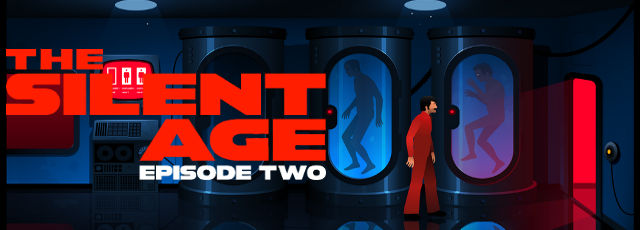

Certainly, the driver's licence test will need to be available in SASL and will solidify our government's commitment to equal access. “Deaf people will be able to have access to information wherever legislation requires that it be available in all official languages. Lynette Victor, Andries van Niekerk and Dirkie Ebersohn (working at South Africa’s National Institute for the Deaf as the Sign Language Centre Manager, SASL Linguist and SASL Content Development Manager, respectively), say the recognition and introduction of SASL into our school’s curriculum will raise the language’s status, and can encourage the understanding that Sign Language is “of comparable status to spoken languages.” It is hoped that the decision to recognize SASL as our county’s twelfth official language will open new doors for the Deaf community, in terms of accessing basic rights and inclusivity, as there are still barriers the community faces. It is a naturally occurring language which develops as a result of the need to communicate amongst members of Deaf communities, produced using the hand, face, head and upper torso and is processed by the eyes.Īs the most commonly used language in South Africa, complete with its own grammar, vocabulary and syntax, just like any other language, it can communicate a potentially limitless number of ideas. Sign Language is a visual language, whereas the 11 official languages are all spoken languages. On 20 May, 2022, the Department Of Basic Education (DBE) announced in their adjusted budget vote speech for the 2022/23 financial year, that it will incorporate Sign Language as an optional subject to be taught in South Africa’s school curriculum.Īt the time of the 2012 South African Census, almost 400 000 citizens who use SASL as their mother language were counted.

South African Sign Language (SASL) is set to become South Africa’s twelfth official language, as announced by President Cyril Ramaphosa.


 0 kommentar(er)
0 kommentar(er)
